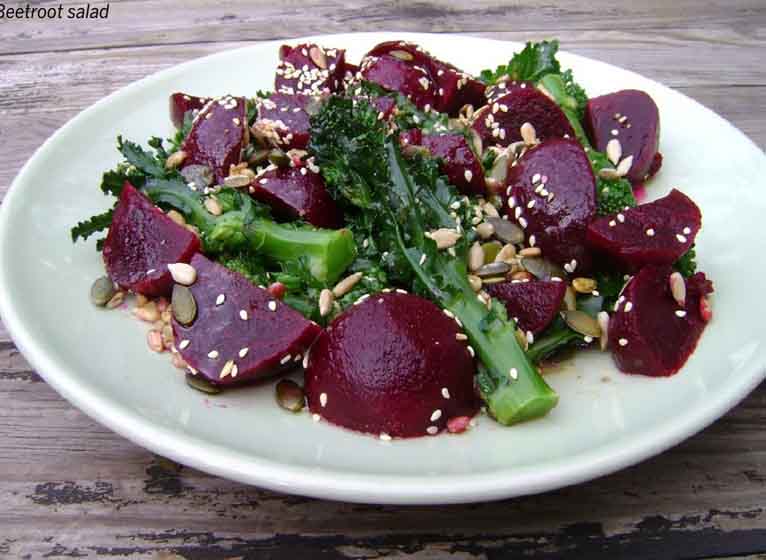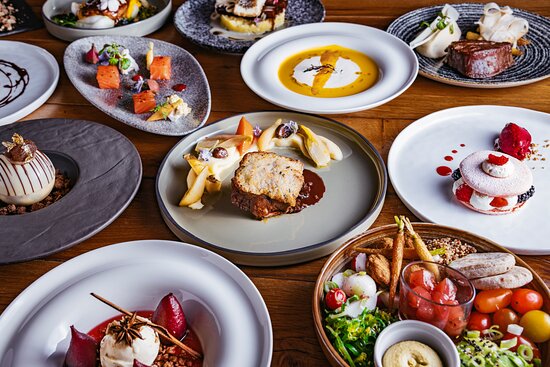Introduction: Laotian cuisine overview
Laotian cuisine is a unique blend of flavors, textures, and aromas that is a reflection of the country’s geography, history, and culture. The cuisine is characterized by its use of fresh herbs, spices, and vegetables, as well as its emphasis on the balance of sweet, sour, salty, and spicy flavors. Laotian dishes are often served family-style and feature a variety of meat and fish, including buffalo, pork, chicken, and seafood.
What is fusion cuisine?
Fusion cuisine is a style of cooking that combines elements of different culinary traditions to create new and innovative dishes. This type of cuisine has become increasingly popular in recent years, as chefs around the world experiment with different ingredients and techniques to create unique and exciting flavors.
Factors that influence Laotian cuisine
Laotian cuisine is influenced by a variety of factors, including the country’s geography, history, and culture. The cuisine is heavily influenced by the neighboring countries of Thailand, Vietnam, and China, as well as by the French colonial period. Laotian cuisine is also shaped by the country’s Buddhist beliefs, which promote vegetarianism and the use of fresh, natural ingredients.
Laotian dishes with foreign influences
Laotian cuisine has been influenced by a variety of foreign cuisines over the years. Some popular dishes with foreign influences include Laap, which is similar to the Thai dish Larb, and Khao Poon, which is a noodle soup that is similar to Vietnamese pho. Other dishes that are often served in Laotian restaurants include Pad Thai, which is a popular Thai noodle dish, and Banh Mi, which is a Vietnamese sandwich.
Popular fusion dishes in Laotian restaurants
In recent years, Laotian restaurants have started to incorporate fusion dishes into their menus. Some popular fusion dishes include Laotian-style tacos, which are made with traditional Laotian ingredients such as lemongrass, ginger, and fish sauce, and Laotian-style sandwiches, which feature French baguettes filled with ingredients like pork belly, pickled vegetables, and cilantro.
Conclusion: Fusion cuisine and Laotian cuisine
While Laotian cuisine has been influenced by foreign cuisines over the years, fusion cuisine is a relatively new development in the country. However, as more and more chefs experiment with different ingredients and techniques, it is likely that we will see more fusion dishes being incorporated into Laotian cuisine in the future. Overall, Laotian cuisine is a unique and vibrant culinary tradition that is shaped by the country’s geography, history, and culture, and it will continue to evolve and adapt to new influences over time.










